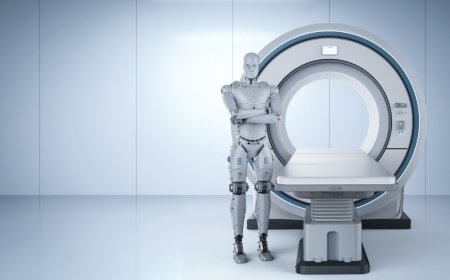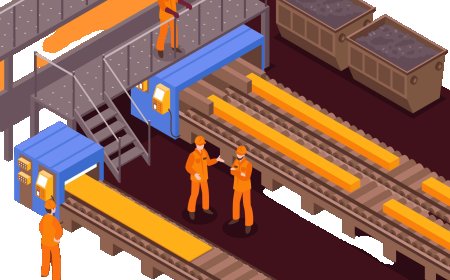- Explore various milling operations such as face milling, side milling, slotting, and drilling using XR simulations.
- Enhance understanding of workholding techniques including the use of vises, clamps, and fixtures for secure material placement.
- Improve decision-making in selecting the right cutting tools and adjusting machine settings for optimal performance.
- Receive real-time feedback on milling precision, surface finish quality, and tool wear to ensure accurate results.
- Develop troubleshooting skills for addressing common milling machine issues and improving operational efficiency.
imaginX is used by many amazing schools and universities
University / College

























